MATERIALS
Weighing scale
Caliper
Cylinder
Graduated cylinder
Knife
Calculator
Tabulation sheet or any paper
Pen
PROCEDURE:
1. Prepare the different AB materials of your choice – fruits, vegetables, root crops or grains.
Note: (A minimum of three types of AB materials, of different varieties each).
2. Get the mass of each sample so that you will distinguish each one of it.
3. Get the volume of each sample by means of water displacement method for additional data which you may use in the different ways of solving for the determination of the shape of your chosen commodities.
FOR APPARENT VOLUME
Prepare the cylinder and put it in a flat surface where you can read the measurement in eye level
Pour water from a container into a cylinder until it reaches a height that will cover the sample. Record the level of water. This is the "initial water level".
Note: The surface of water in a tube may not be completely flat. Instead, the surface may curve in a shallow U-shape called the meniscus. When measuring, read the line just at the bottom of the meniscus.
Tilt the graduated cylinder and slowly slide the sample into the water. Place the graduated cylinder upright on the table. If the sample floats (type 2- lighter than water sample), use a pencil to gently push the top of the sample just under the surface of the water. Record the level of the water. Note that this is the “final water level.”
Subtract the initial water level from the final water level to find the volume of the sample AB Materials. (Volume of the sample = Final water level - Initial water level).
Note: “1 mL = 1 cm3 ”. The unit for volume in the graduated cylinder is milliliters (mL), so you can simply change the unit to cubic centimeters (cm3 ).
4. Describe the standard shape of your AB materials. Refer to the table below for the different description of the different standard shapes.

5. Using the caliper, get the major diameter, minor diameter and the intermediate diameter of the sample. Tabulate the data acquired.
6. Make a longitudinal section as well as cross-section on the selected materials then identify the shape of the cut section.
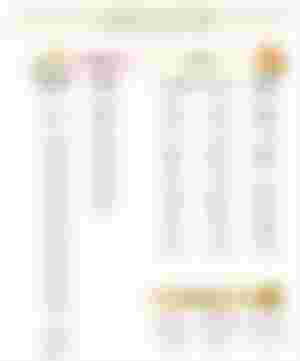
Examples:
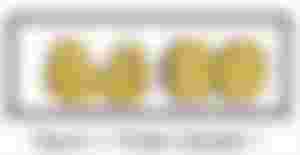

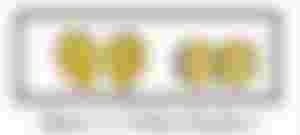
Note: In identifying the shape of food material it is usually express in terms of roundness, through sphericity and aspect ratio.
For Sphericity:
Sphericity can be calculated using the formula ;

where the volume of circumscribed sphere can be solve using the formula

Sphericity can be also calculated using the Triaxial Ellipsoid formula;

where (a) is the major radius, (b) is the minor radius and (c) is the intermediate radius.
For Aspect Ratio:
Aspect Ratio can be calculated by the formula ;

where (b) is the width and (a) is the length.
@CLANDESTINE0819
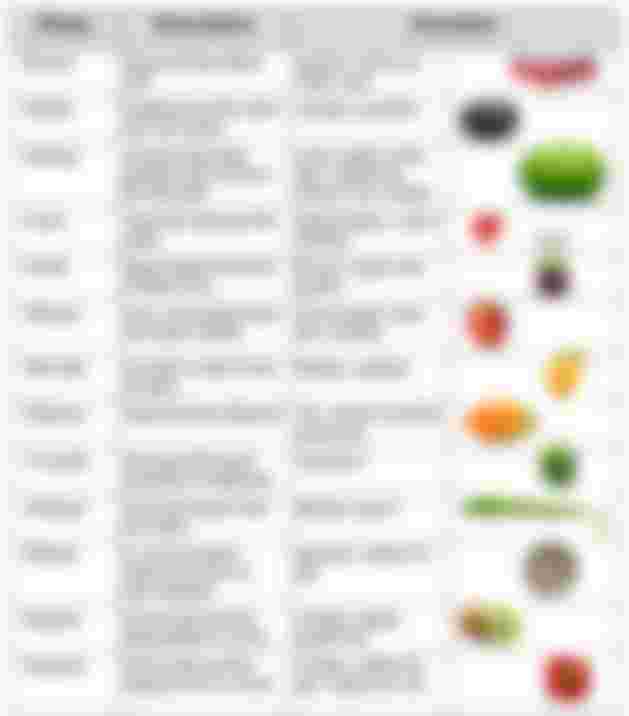
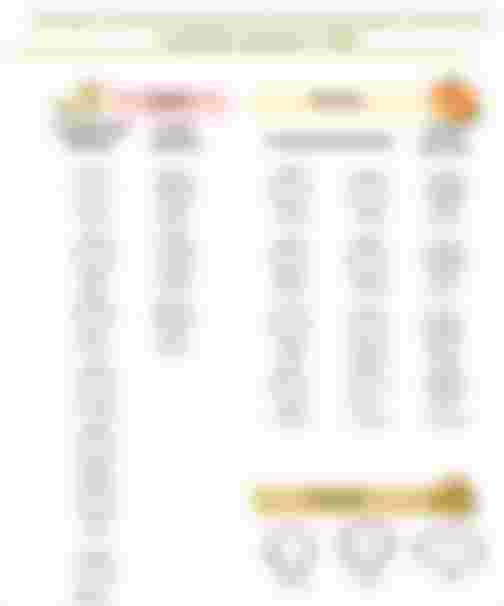

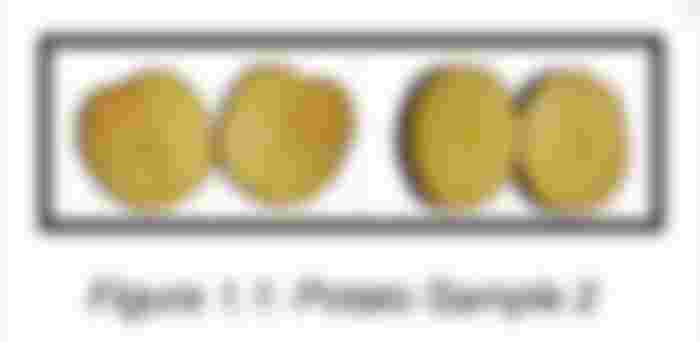





Ibang klase hahaha nays one! After gclass readcash